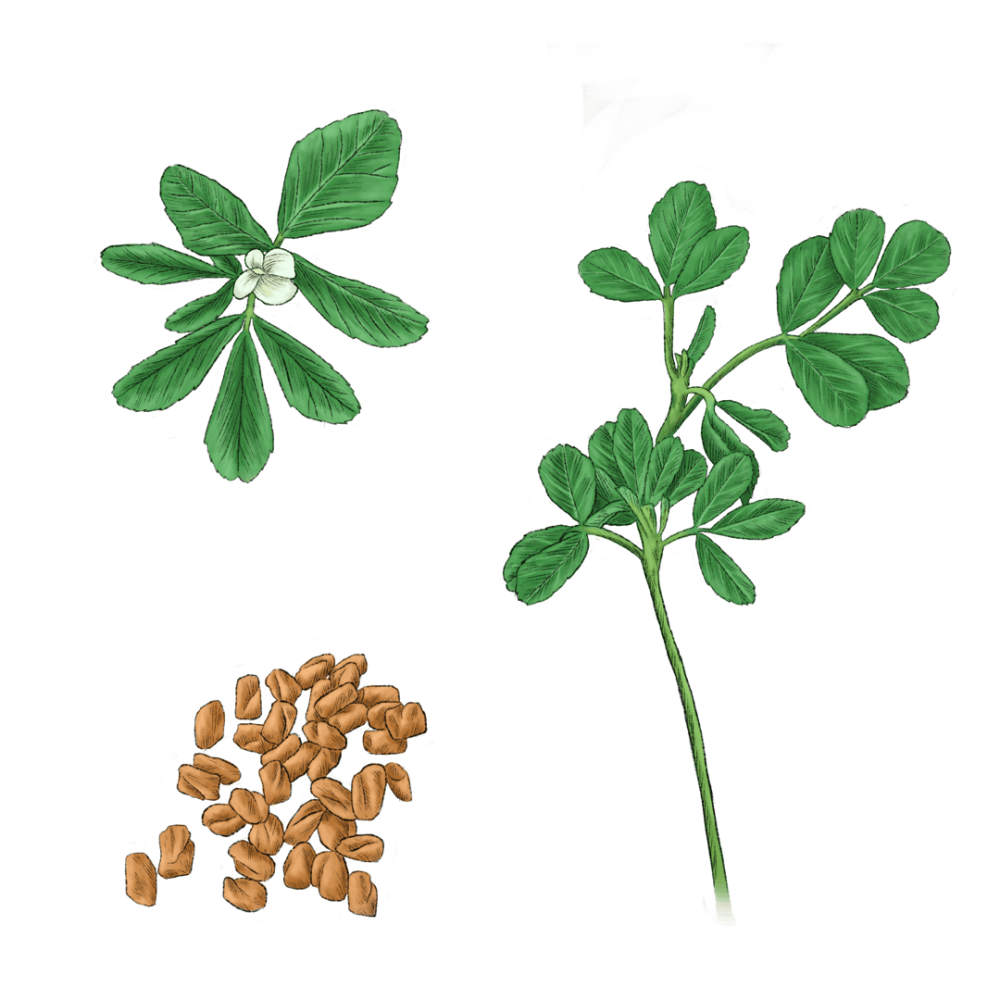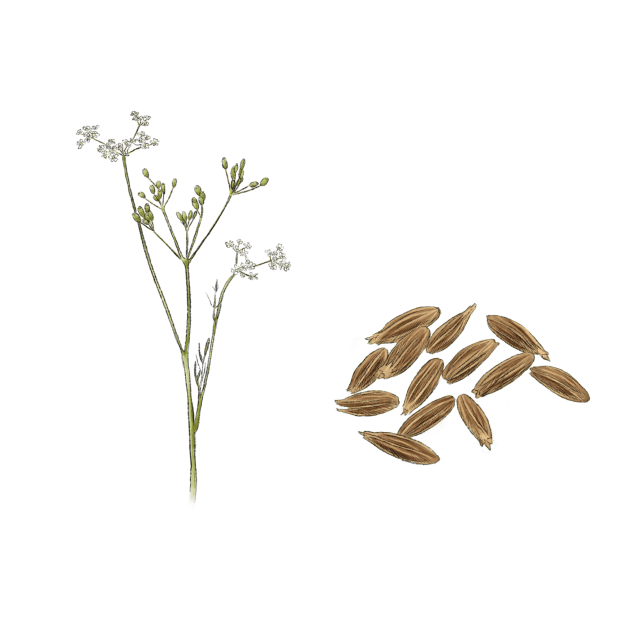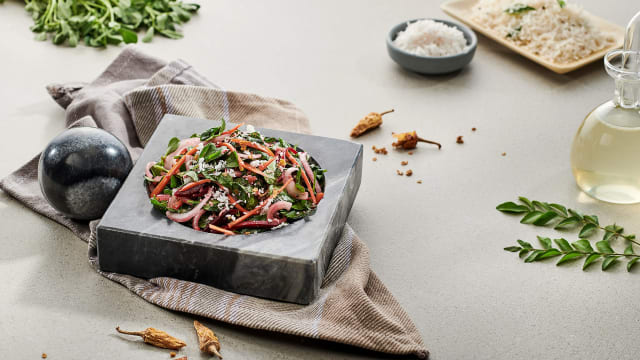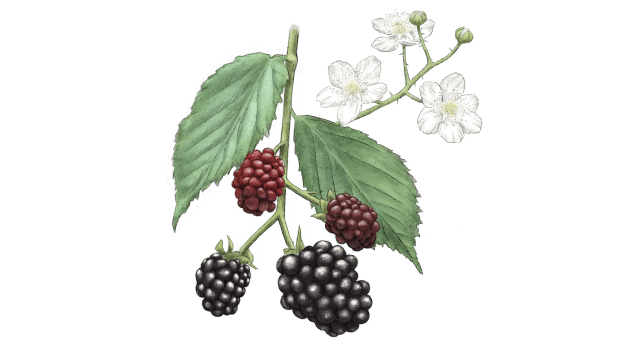Fenugreek

Latin name: Trigonella foenum-graecum
Other names: methi
Uses: herb, spice, vegetable
What is fenugreek?
Fenugreek is an aromatic plant in the pea family (Fabaceae), with edible leaves and seeds. It looks kind of like a tall, gangly clover. A related species, blue fenugreek (T. caerulea) is used in the Republic of Georgia as a key flavor of numerous dishes, including the spicy chile paste adjika, but regular fenugreek is used throughout South and West Asia, North and East Africa, and the Levant.
Why is fenugreek healthy?
Fenugreek is an excellent source of fiber and dietary minerals like manganese and iron. Several studies have found fenugreek to help improve breastmilk production in nursing mothers and increase testosterone and libido. Other potential benefits of fenugreek include balancing blood sugar levels, lowering cholesterol, and improving metabolism, but more research is needed in humans on these benefits and the quantity of fenugreek needed to achieve them.
What does fenugreek taste like?
Fenugreek seed has a distinctly spicy aroma and flavor, redolent of maple syrup thanks to the presence of the chemical sotolon. As such, fenugreek is used in imitation maple flavor and maple-flavored syrup. The leaves have a bit of this maple flavor too, but also a subtly floral, bitter taste similar to lovage (also high in sotolon) and celery.
How do I use fenugreek?
You should grind whole fenugreek seeds before you use them, or you can just buy fenugreek powder. Use fenugreek seed and leaves as a spice in stews, curries, and rice dishes.
What does fenugreek pair well with?
Fenugreek is a standard ingredient in masala spice blends so you’ve probably tasted it in a wide range of Indian dishes. It loves fresh cilantro and yogurt, curry spices like turmeric, cardamom, cumin, and coriander seed, plus mildly flavored foods like potatoes, rice, and cauliflower. The leaves are also wonderful when added to sauteed spinach or lentils.
Where does fenugreek grow?
Fenugreek is native to the Mediterranean and Middle/Near East and is thought to have been first cultivated in the same region. Archaeological evidence suggests it was used in embalming rituals in ancient Egypt. Today it’s mostly grown in Rajasthan, India.
How to buy fenugreek:
As with most spices, you’ll get the best flavor from buying whole fenugreek seed and grinding small batches as needed, since powdered fenugreek tends to go stale quickly. The leaves are usually sold dried; look for them in international markets and specialty stores that serve South Asian clientele. Fenugreek should be stored in an airtight container away from heat and direct sunlight.
Surprising fenugreek fact:
The sotolon that gives fenugreek its distinct maple flavor passes through the human body unchanged, so eat it if you want maple-scented sweat and urine.






